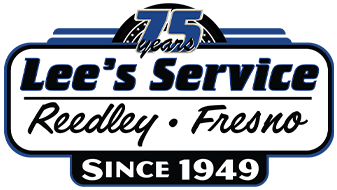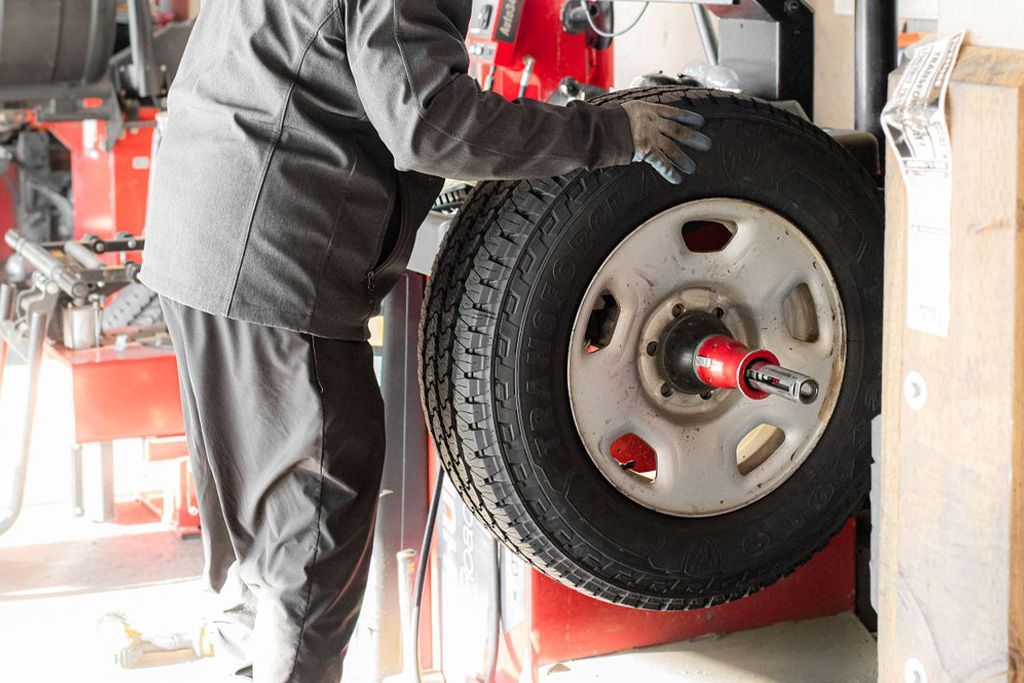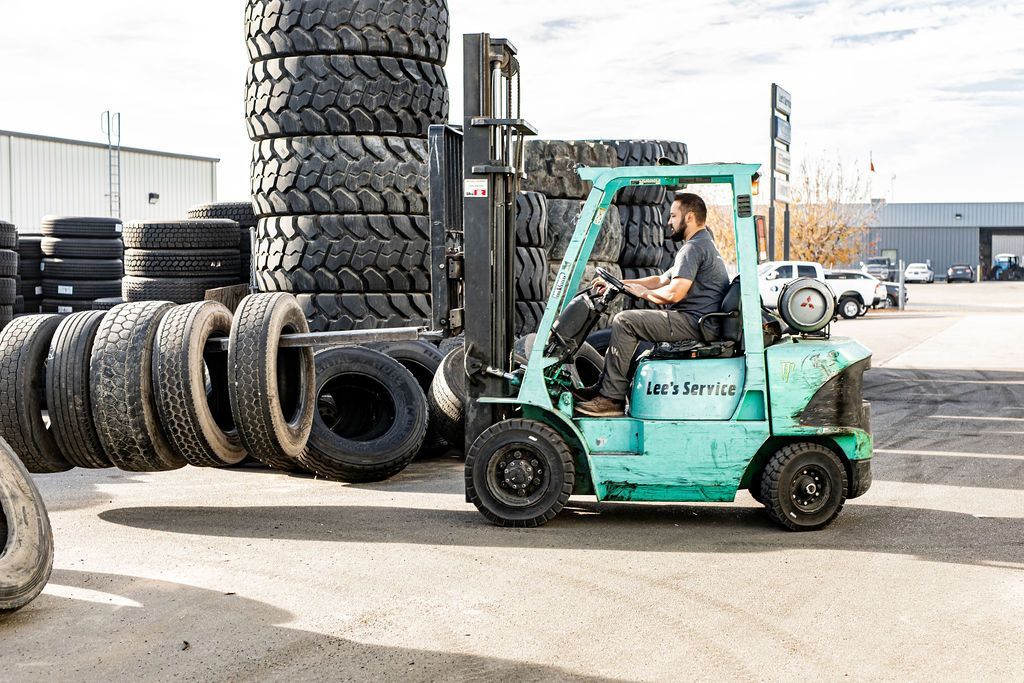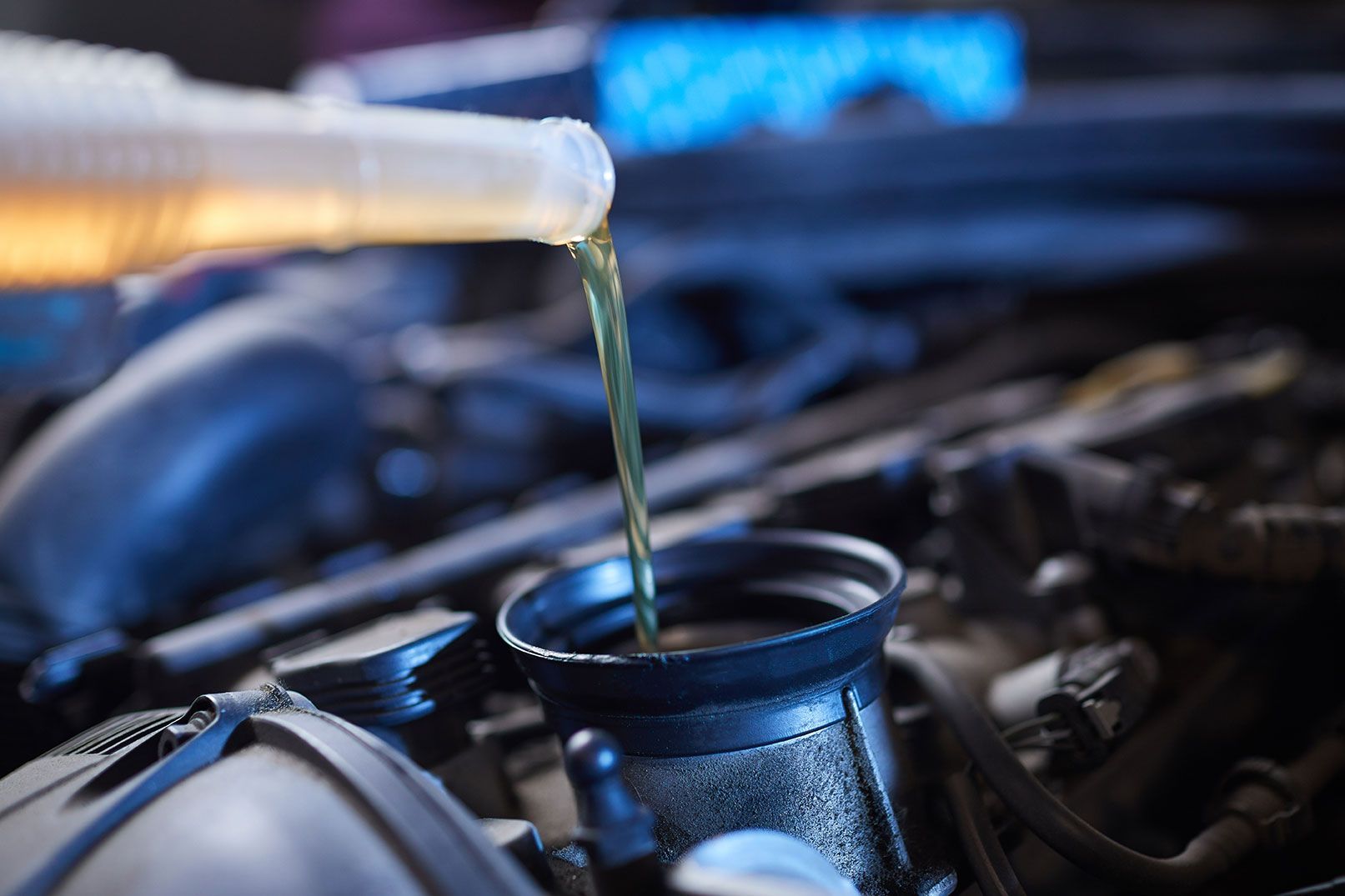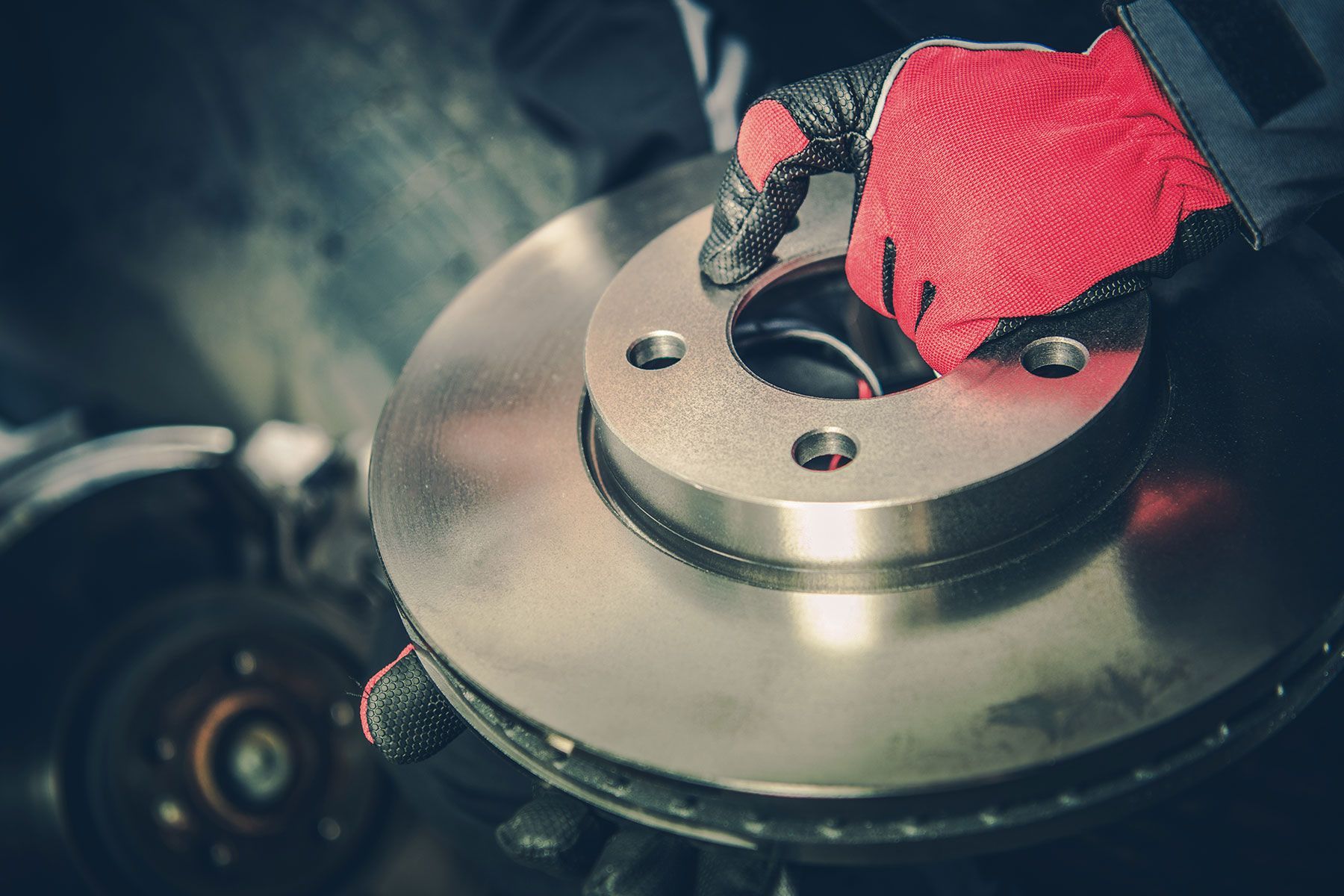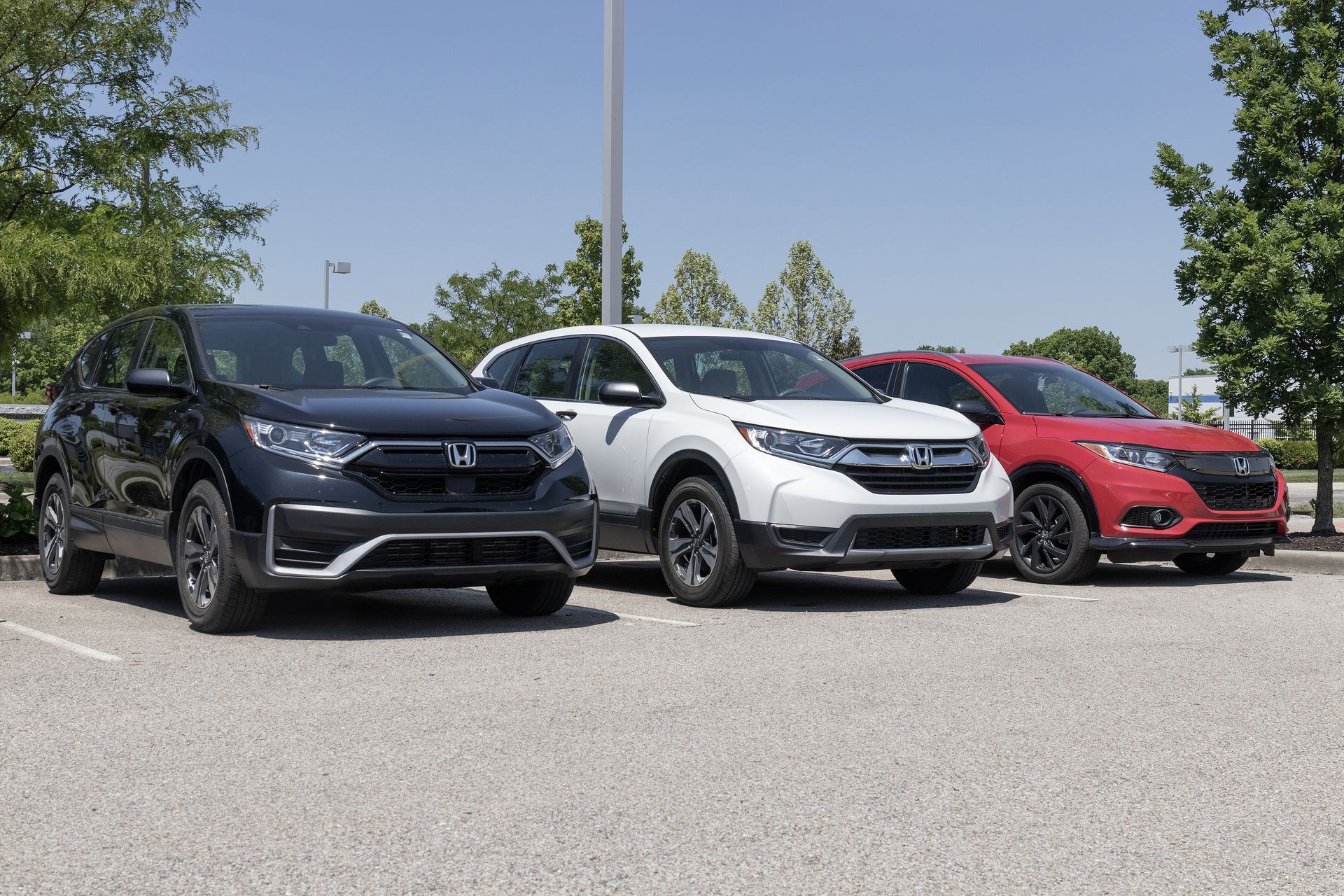Auto Repair Services
Wheel Alignment
A wheel alignment consists of adjusting the wheels of your vehicle so that all wheels are parallel to each other and perpendicular to the ground
Wheel Alignment
A wheel alignment consists of adjusting the wheels of your vehicle so that all wheels are parallel to each other and perpendicular to the ground. Three basic angles contribute to proper wheel alignment: camber, caster, and toe. Camber is the measure of the degree of perpendicular offset from the road surface. Caster is the angle of your wheel’s pivot, which is attached to the suspension, and when this angle is out of alignment, straight-line tracking is affected. Toe refers to the angle of directional difference between the tire and the centerline of the vehicle. The front and rear wheels on your vehicle should always be perpendicular to the ground and parallel to the tire beside it. Routine wheel alignments have the potential to save you money in the long run while promoting optimal vehicle performance.
Benefits of Wheel Alignment
A wheel alignment will keep your vehicle running safely and efficiently by promoting reduced tire wear, better gas mileage, and safer driving conditions. Wheels out of alignment will contribute to uneven tire wear. Uneven tread wear can be felt in a vehicle pulling to the right or left while in motion. Left untreated, wheel alignment issues have the potential to turn into steering and suspension issues, since driving with wheels out of alignment not only puts stress on your tires but also on suspension components. If your vehicle begins pulling to the right or left while driving, or if you feel a vibration in the steering wheel at higher speeds, contact us today for a wheel alignment service.
Lee's Service provides Wheel Alignment services to Reedley, CA, Fresno, CA, Orange Cove, CA, and other surrounding areas.
Wheel Alignment
Consumer & Commercial Tires, Smog Inspections, and Farm Service Calls.
Cars, Trucks and SUV Tires
We Sell Consumer Tires. Car, SUV and Trucks
Commercial Tires
We're More Than Consumer Tires. We Have The Commercial and Agriculture Tires You Need!



